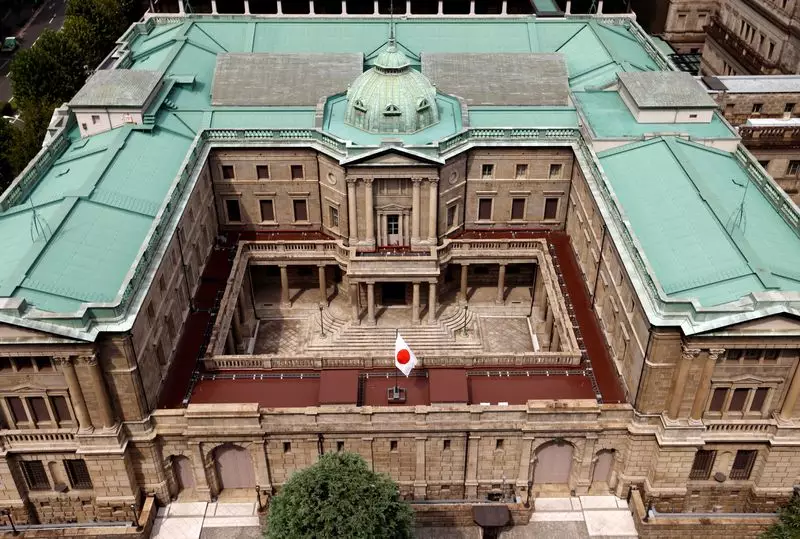The Bank of Japan (BOJ) finds itself standing at a pivotal crossroads as it approaches its upcoming monetary policy meeting. With political uncertainty arising from the recent election, where the ruling coalition suffered a setback, the central bank is under pressure to maintain economic stability while navigating a fragile recovery. The atmosphere surrounding Japan’s economy is teeming with apprehension, primarily due to mixed signals regarding inflation and overall market conditions. Amid these complexities, the BOJ is expected to uphold its ultra-low interest rates while taking a cautious stance toward any potential monetary tightening.
The recent electoral shift, resulting in the government’s loss of a majority, has ushered in concerns about policy paralysis in Japan. Analysts express apprehension that the BOJ’s ability to respond dynamically to changing economic conditions might be hindered, thereby complicating its decision-making process concerning interest rates. As the bank weighs its options, the stakes are high, with any premature move to raise borrowing costs potentially unsettling an already jittery market.
Naomi Muguruma, a seasoned bond strategist, elucidates how domestic political instability could act as a headwind for the BOJ’s path in raising rates. The uncertainty surrounding the government’s capacity to enact coherent economic policies places an additional burden on the bank, compelling it to proceed with utmost caution. This confluence of factors leads to a delicate balancing act; any indications from the bank perceived as overly hawkish could trigger a sell-off of the yen, exacerbating volatility in an already fluctuating currency market.
Interestingly, while Japan’s inflation has settled around 2%, the BOJ perceives the current economic recovery as tentative. Recent data showcasing increases in factory output and retail sales suggests a moderate albeit fragile rebound. Yet, despite these positive indicators, the central bank remains hesitant to alter its course, citing that inflation has yet to hit the kind of sustained growth that would justify aggressive rate hikes.
In this context, the BOJ is likely to continue maintaining its short-term interest rate at 0.25% during the anticipated two-day meeting. There is a consensus among economists that the central bank is in no rush to increase rates, with many speculating such action may not occur until at least March of the following year. This measured approach comes at a time when global and domestic economic uncertainties loom large, notably including fears related to a potential recession in the United States.
As the BOJ prepares to release its latest quarterly report post-meeting, analysts are keenly observing any modifications to the bank’s future policy guidance. There is a high probability that the BOJ will emphasize the need for ongoing assessment of economic and price conditions. The ability to provide clear insights into future rates without spooking the markets will be crucial. Governor Kazuo Ueda’s prior interactions with his global counterparts have indicated a tentative optimism regarding the global economic landscape, yet his forthcoming remarks are expected to reflect cautious optimism, particularly with regards to recent U.S. economic trends.
Moreover, the bank’s decision-making may hinge on various risk factors, which could potentially be included in the forthcoming policy guidance. This insight into the BOJ’s operational metrics is critical; any alterations could provide much-needed signals to investors and speculators while simultaneously safeguarding the yen’s value against further depreciation.
Ultimately, the Bank of Japan’s forthcoming decisions will illuminate its approach to navigating an intricate economic environment teeming with uncertainties. By adopting a poised and careful strategy, the BOJ aims to reassure markets of its commitment to a consistent rate-hike trajectory while addressing the political and economic instabilities characterizing Japan today. As investors closely scrutinize the outcomes of the BOJ meeting, the central bank’s ability to convey its policy intentions clearly will be pivotal in charting the future course for monetary policy in Japan.

